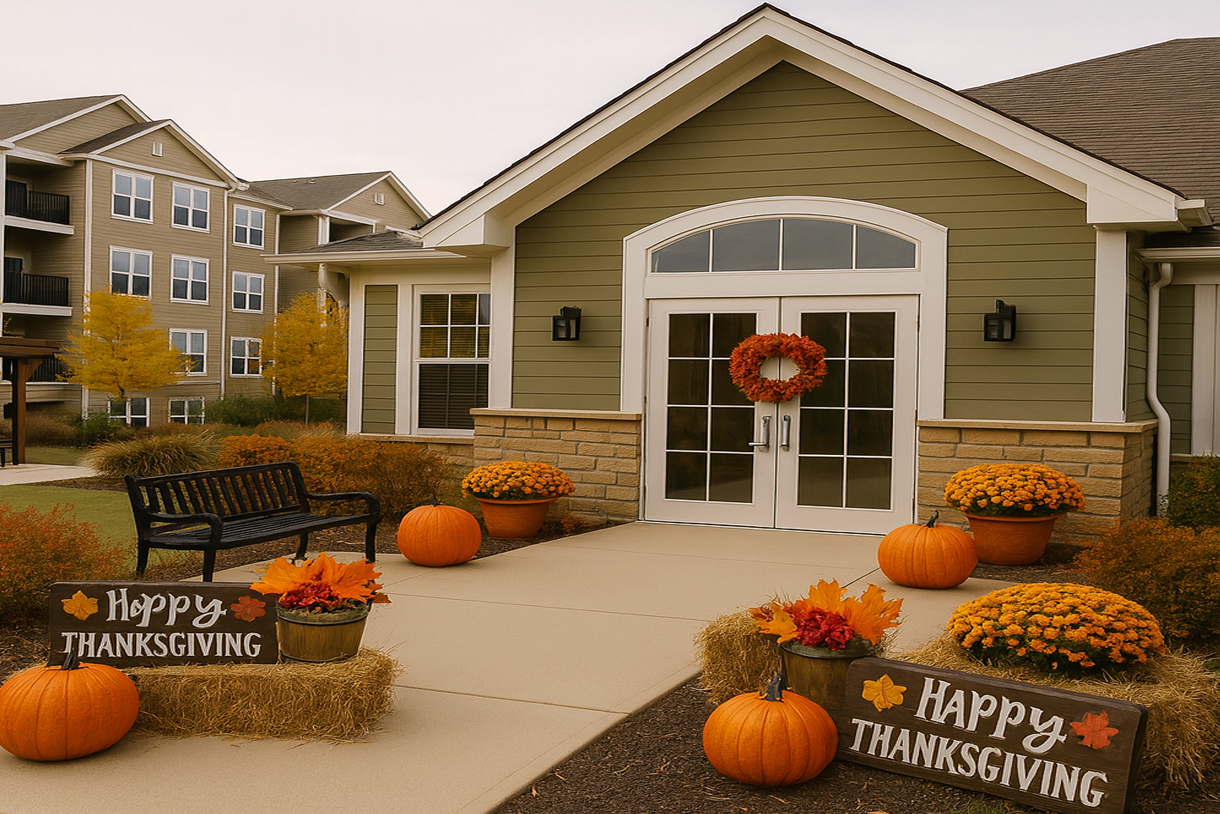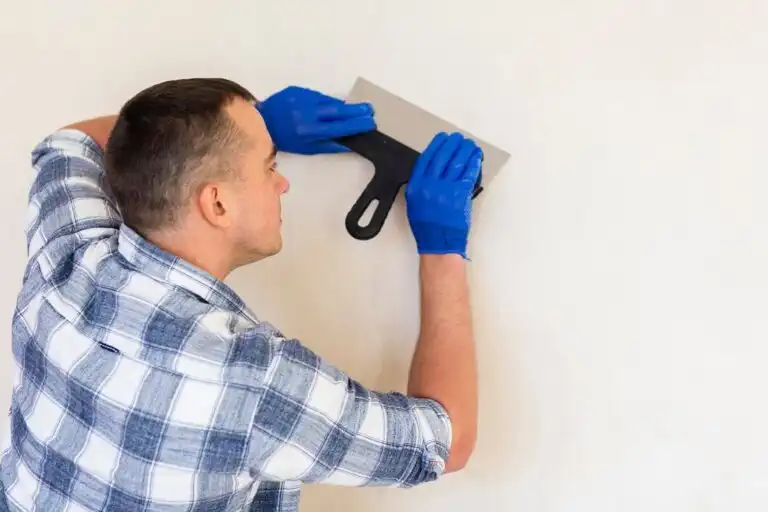Natural disasters and other emergencies can cause significant damage to multi-family developments, affecting both the safety and stability of these structures. One of the critical aspects that need immediate attention post-disaster is wall repair. Walls play a vital role in maintaining the structural integrity and security of a building. Therefore, quick and effective repair strategies are essential to prevent further damage and ensure the safety of the inhabitants.
Assessing The Extent Of Wall Damage
Assessing the extent of wall damage after a disaster is the first crucial step in the wall repair process. This assessment helps in planning the appropriate repair strategies and ensures that no structural issues are overlooked. Look for obvious signs such as cracks, bulges, or holes in the walls. Note if there are any signs of water damage, like damp patches or mold growth, which can compromise the wall’s integrity.
Pay attention to the severity and location of the damage. Small cracks may only require minor repairs, while extensive fractures or gaps may indicate more serious structural problems that need immediate attention. Check for any separation at the seams where walls meet floors or ceilings; this could point to foundational shifts.
Use a level to check if the walls are still plumb and straight. Walls that lean or bow significantly may be structurally unsound. Listening for unusual sounds such as creaks or groans when pressure is applied can also help identify weak spots. Collecting this information will guide the decision-making process for the most effective wall repair strategy, ensuring all safety concerns are addressed.
Temporary Solutions For Immediate Stabilization
Implementing temporary solutions for immediate stabilization is vital to prevent further deterioration and ensure safety until more permanent repairs can be made. Here are some effective methods:
- Shoring:
– Use wooden or metal props to support weakened walls. Shoring helps to stabilize walls by distributing weight and providing external support. - Plywood Panels:
– Secure large sheets of plywood over severely damaged areas to prevent debris from falling and to provide additional structural support. - Bracing:
– Install braces diagonally against the wall to prevent it from collapsing. Bracing can be a quick and sturdy solution. - Tarps and Plastic Sheeting:
– Cover areas exposed to the elements with tarps or plastic sheeting to protect from further water damage and moisture penetration. - Sealants and Patches:
– Apply sealants or quick-setting patches to fill in minor cracks or holes. This can prevent small issues from escalating before a more thorough repair. - Barrier Fencing:
– Erect barrier fencing around particularly unstable areas to keep people safely away and to discourage accidental contact with compromised walls. - Sandbags:
– Place sandbags at the base of walls where water intrusion is an issue. Sandbags can act as a temporary barrier against flooding. - Temporary Supports:
– Use adjustable steel columns or jack posts as temporary supports for walls showing signs of severe stress or leaning.
Taking these temporary measures ensures damaged walls do not pose immediate safety hazards and provides the necessary time to plan and execute comprehensive repairs.
Basic Wall Repair Techniques For Quick Fixes
Addressing common wall issues quickly is essential for preventing further damage and ensuring safety. For minor cracks and holes, start by cleaning the affected area thoroughly to remove dust and debris. Use spackling paste or joint compound to fill small cracks and nail holes. Apply the compound with a putty knife, allowing it to dry completely before sanding it smooth. This creates an even surface that can be painted to match the existing wall.
For more extensive cracks, using a patching kit that includes mesh tape and joint compound is recommended. Apply the mesh tape over the crack to reinforce the area, then cover it with joint compound. Smooth it out with a putty knife and let it dry before sanding and painting. This method ensures the repair is robust and blends seamlessly with the rest of the wall.
If dealing with damaged drywall, cut out the broken section and replace it with a new piece of drywall. Secure the new drywall with screws and cover the seams with joint tape. Apply joint compound over the tape, smooth it out, and allow it to dry before sanding and painting. These basic techniques provide quick, effective solutions for common wall repair needs, ensuring stability and a professional finish.
However, to ensure the job is done correctly and safely, it’s best to contact our professionals at Matrix Construction Services.
Long-Term Repair Strategies For Structural Integrity
For more severe wall damage, long-term repair strategies are necessary to ensure the structural integrity and safety of the building. Here are some crucial approaches:
- Reinforced Wall Construction:
– Use reinforced concrete or masonry to rebuild severely damaged walls, offering enhanced durability and strength. - Foundation Repair:
– Address foundation issues that may have caused wall damage. Techniques include underpinning or installing helical piers to stabilize and support the foundation. - Retaining Walls:
– Build retaining walls to prevent soil erosion and provide additional support to compromised walls, especially in areas prone to landslides or flooding. - Steel Beams and Columns:
– Incorporate steel beams or columns into the wall structure to offer extra support and distribute loads more evenly. - Advanced Waterproofing:
– Implement comprehensive waterproofing solutions, including exterior drainage systems and waterproof membranes, to protect walls from future water damage. - Seismic Retrofitting:
– Reinforce walls to withstand seismic activities by adding shear walls, steel bracing, or base isolators to absorb and dissipate earthquake forces. - Wall Anchors:
– Install wall anchors to stabilize bowing or leaning walls. These anchors tie the wall to the ground or a solid structure, providing additional stability.
These long-term strategies ensure that repaired walls not only recover from present damage but also withstand future stressors. Implementing these methods enhances the building’s overall structural integrity, providing peace of mind and long-term safety for occupants.
Conclusion
Immediate and effective wall repair is crucial for maintaining safety and structural integrity, especially in multi-family developments. From assessing damage to applying temporary solutions, each step is vital to prevent further issues and ensure quick stabilization. Basic repair techniques address minor issues promptly, while long-term strategies guarantee lasting solutions that enhance the building’s overall strength.
Timely and professional wall repair can prevent minor problems from becoming major concerns, saving time and resources in the long run. Proper assessment and immediate action create a safer environment for all residents, reducing risks associated with compromised structures.
For expert wall repair services in Addison, TX, contact Matrix Construction Services today. Our professionals are ready to provide tailored solutions that ensure the safety and durability of your property. Contact us to schedule a consultation and start the process of restoring your property’s integrity.



